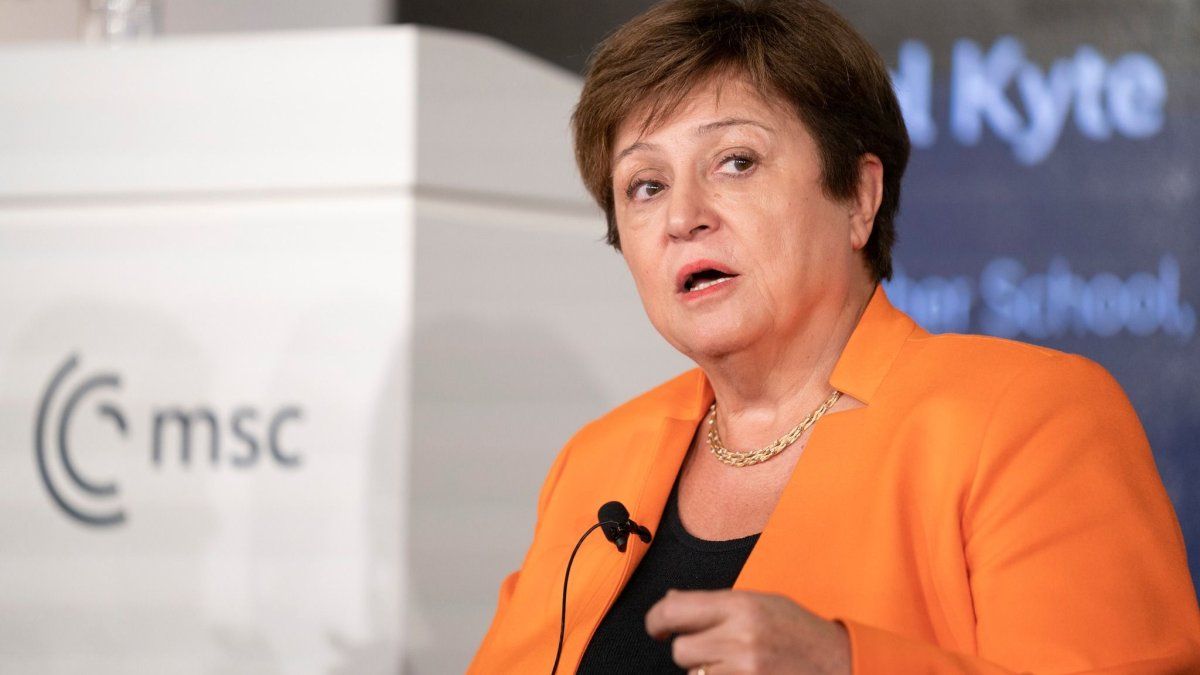I am Pierce Boyd, a driven and ambitious professional working in the news industry. I have been writing for 24 Hours Worlds for over five years, specializing in sports section coverage. During my tenure at the publication, I have built an impressive portfolio of articles that has earned me a reputation as an experienced journalist and content creator.
Menu
World Cup winter begins: What is important at the start of the biathlon season
Categories
Most Read
Lionel Messi announced a U-16 tournament that will be played in Miami: which Argentine teams will participate
October 14, 2025
No Comments
World Cup qualification: Israel’s game in Italy marred by riots
October 14, 2025
No Comments
Jorge Brito broke the silence: he came out to bench Marcelo Gallardo and spoke about the River crisis
October 14, 2025
No Comments
The day Maradona played a match for two different teams: the footballer’s fleeting return to Boca
October 14, 2025
No Comments
The final of the 2025 Buenos Aires Games began in Mar del Plata
October 14, 2025
No Comments
Latest Posts

Fear of a bubble in the financial market reaches the IMF and central bankers around the world
October 14, 2025
No Comments
October 14, 2025 – 20:51 Concerns about an AI bubble, rising public debt and trade tensions dominate the agenda. Global financial leaders will meet next

A Platense fan died after the match against Deportivo Riestra
October 14, 2025
No Comments
October 14, 2025 – 20:32 The man had decompensated during the match and the news of his death was finally confirmed. After suffering a decompensation

Lionel Messi announced a U-16 tournament that will be played in Miami: which Argentine teams will participate
October 14, 2025
No Comments
October 14, 2025 – 20:03 With the Messi Cup, the Rosario idol seeks to take another step: project from Miami a space where young talent
24 Hours Worlds is a comprehensive source of instant world current affairs, offering up-to-the-minute coverage of breaking news and events from around the globe. With a team of experienced journalists and experts on hand 24/7.

